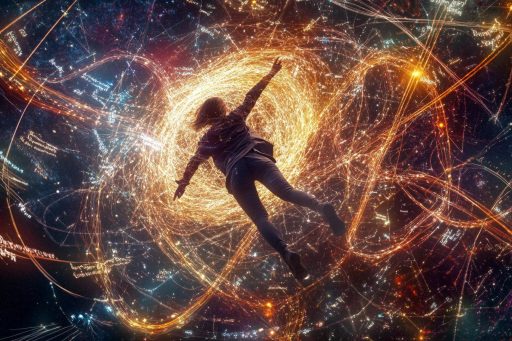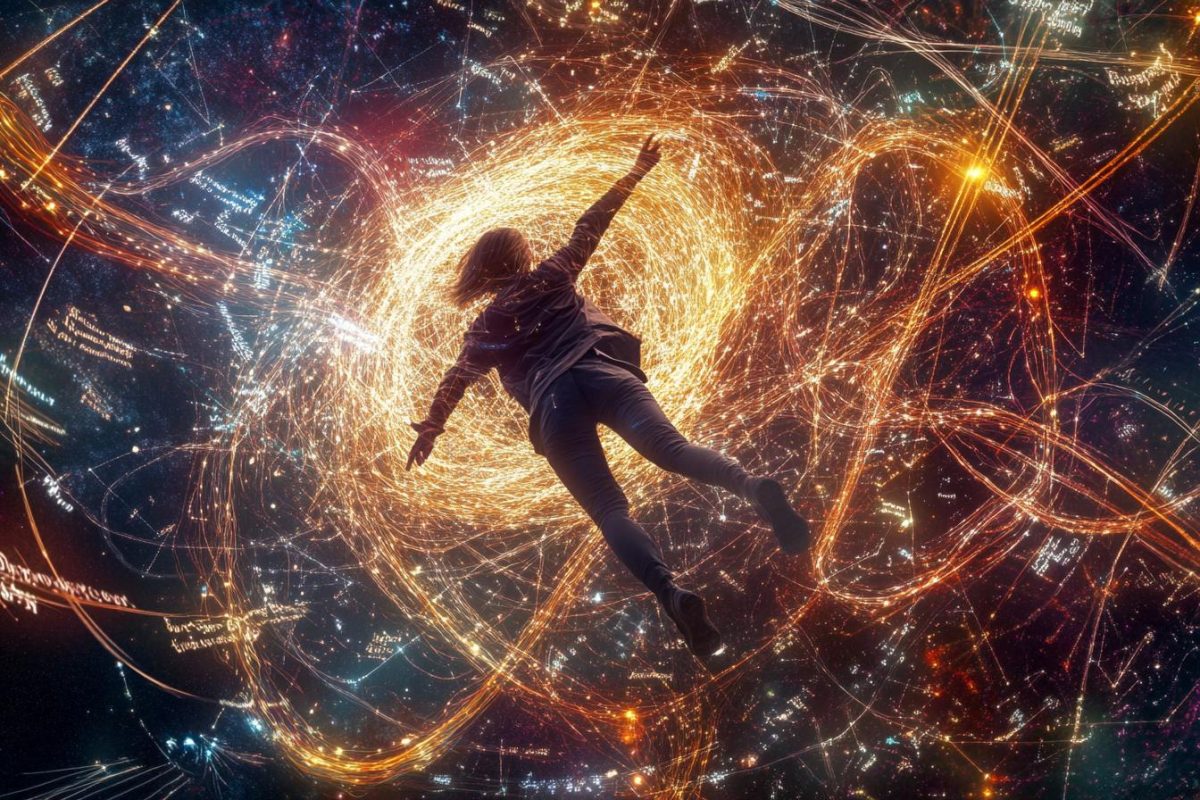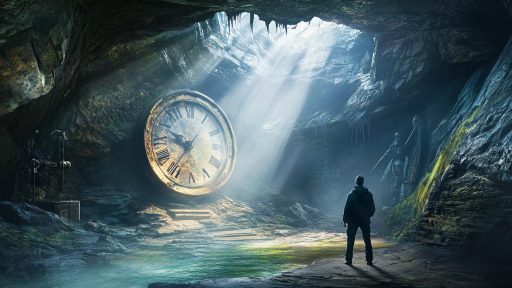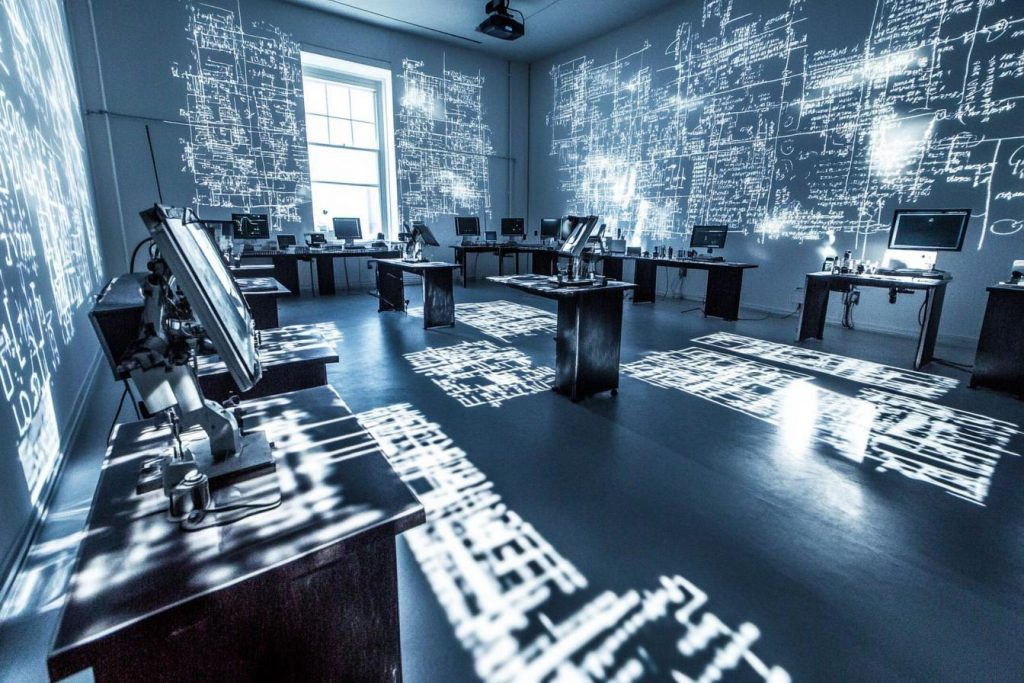
Physics is the language of the universe—precise, predictable, and often awe-inspiring. But every so often, an experiment, observation, or cosmic phenomenon flips the script entirely, leaving even the brightest minds scrambling for answers. These moments shake the foundations of what we thought we understood and open doorways to new, often unsettling possibilities. What follows are some of the most jaw-dropping physics events that left scientists speechless—and changed everything.
The Faster-Than-Light Neutrinos
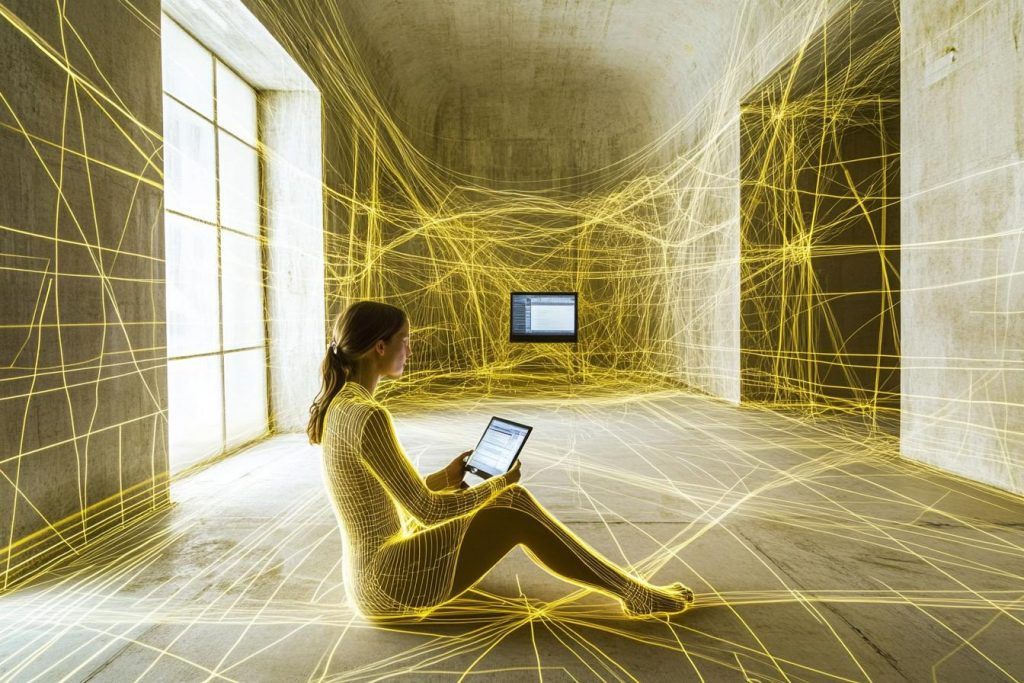
In 2011, the OPERA experiment in Italy stunned the world by reporting that neutrinos had traveled faster than the speed of light—something Einstein’s theories deemed impossible. The announcement triggered a frenzy of excitement, skepticism, and hurried re-evaluations of fundamental physics. Eventually, a faulty fiber-optic cable was blamed, but the episode showed how one anomaly could nearly upend an entire field. It was a humbling reminder that science is only as strong as the tools we use to measure it.
The Quantum Entanglement Proof
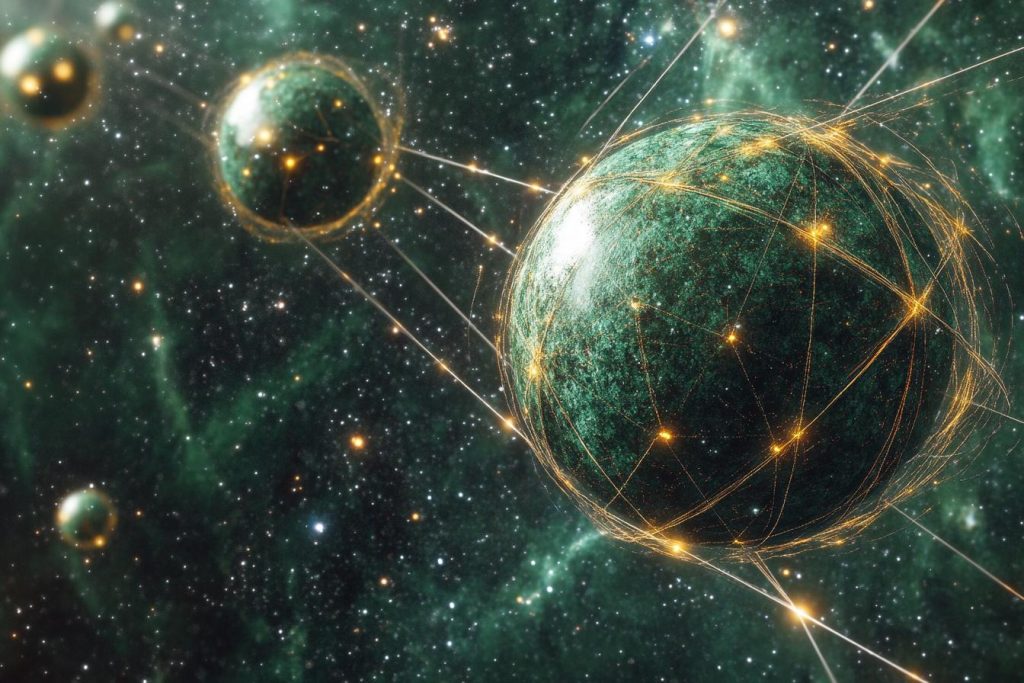
Quantum entanglement—Einstein’s “spooky action at a distance”—was long debated until a 2015 experiment definitively showed it’s real. Particles can affect one another instantly across vast distances, violating classical ideas of locality and causality. This phenomenon has forced physicists to rethink the very nature of reality and connection. It may also hold the key to unbreakable encryption and future quantum computing.
The Discovery of Gravitational Waves
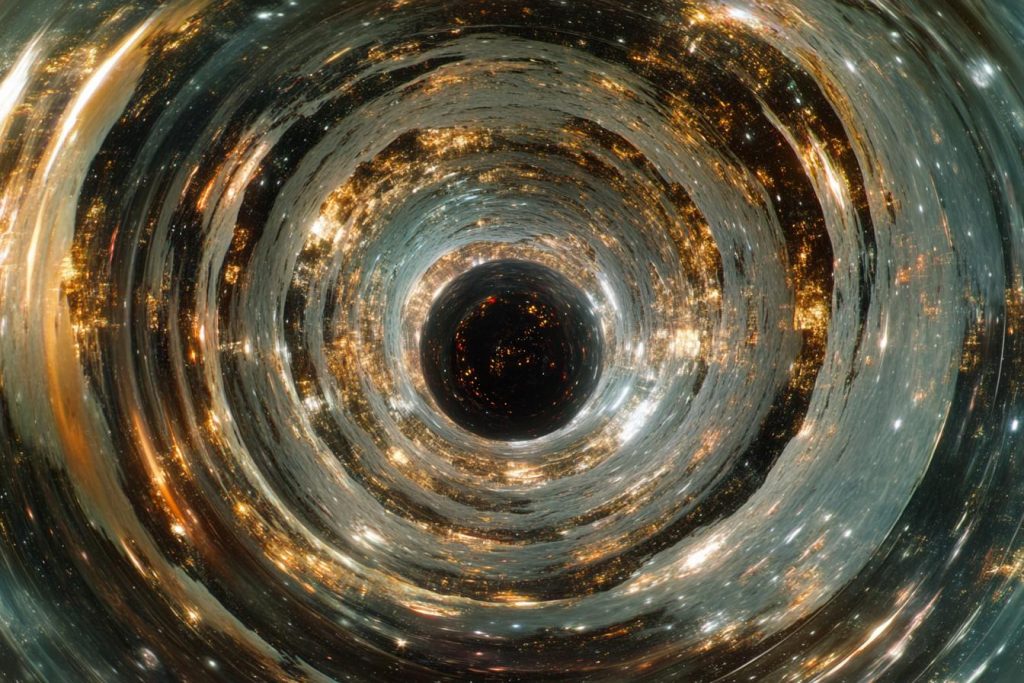
In 2015, LIGO detected gravitational waves rippling through spacetime—confirming a century-old prediction by Einstein. This cosmic “chirp” came from two colliding black holes, sending shivers through the scientific world. It was the first time humanity had directly sensed the warping of space itself. This breakthrough opened a new way to observe the universe, through vibrations rather than light.
The Muon g-2 Anomaly
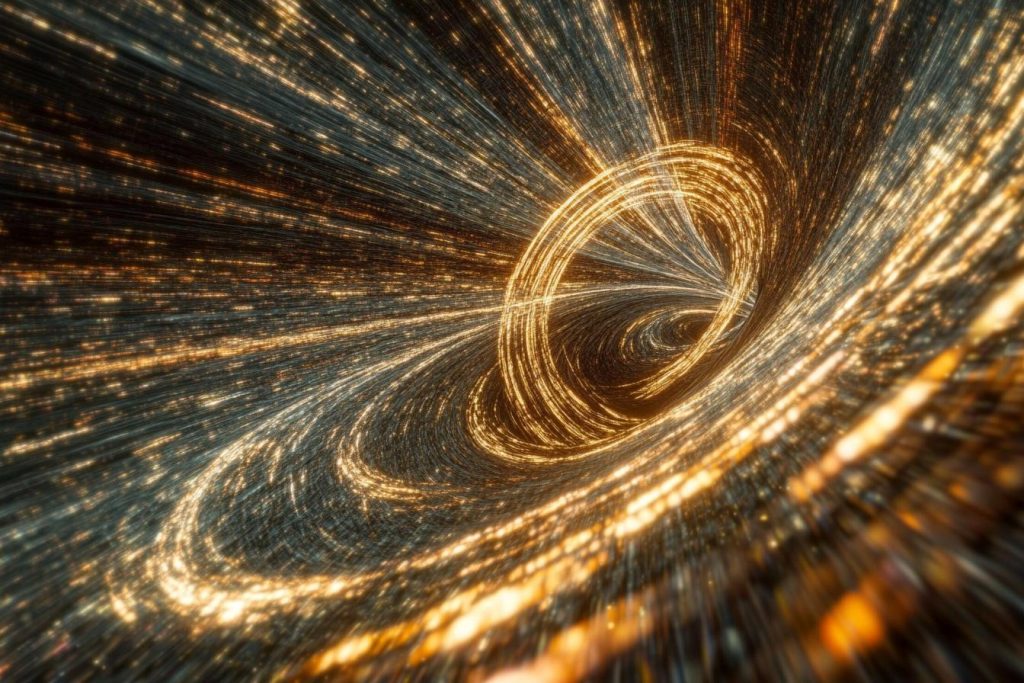
When physicists at Fermilab measured the magnetic wobble of muons, they found a deviation from the Standard Model’s predictions. This tiny discrepancy might be a sign of previously unknown forces or particles lurking beyond our current understanding. Though subtle, it has profound implications for the future of particle physics. The anomaly could be the first crack in the foundation of a model that’s stood for decades.
The Black Hole That Shouldn’t Exist
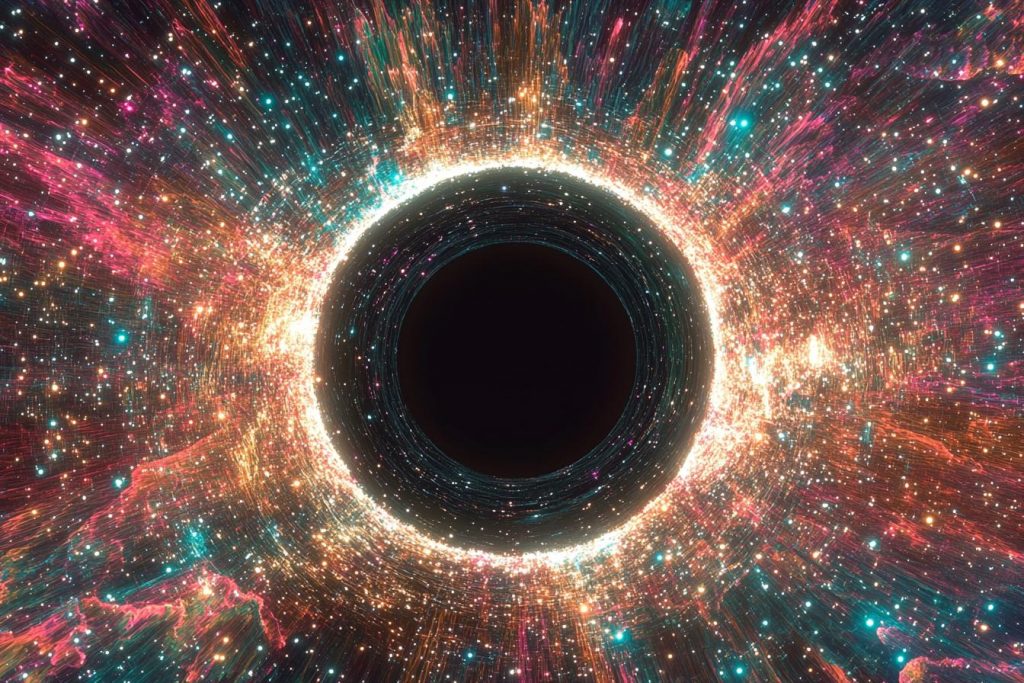
In 2019, astronomers discovered a stellar-mass black hole in our galaxy that was far too massive to be explained by existing models of star evolution. Dubbed LB-1, its existence challenged everything we thought we knew about how black holes form. It suggested that either stellar physics needed revising—or that entirely different processes were at play. The mystery remains unsolved, and the implications are vast.
Time Crystals Created in the Lab
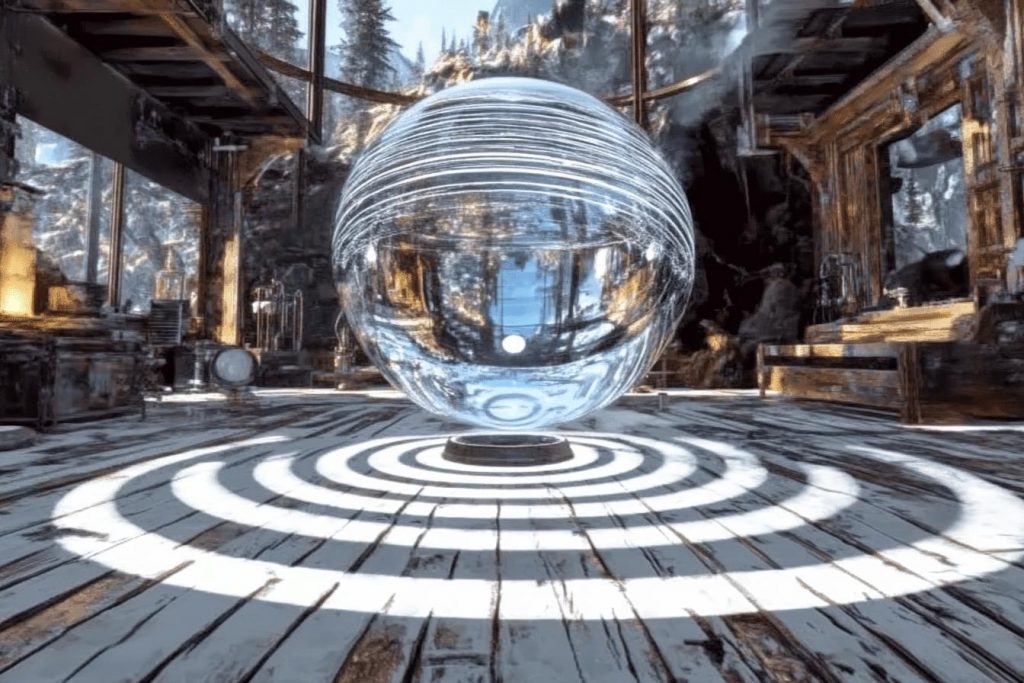
Long considered theoretical, time crystals—structures that repeat not just in space but in time—were successfully engineered by researchers using quantum systems. These strange states of matter defy equilibrium, essentially dancing in perpetual motion without using energy. Their creation doesn’t just challenge classical thermodynamics; it hints at new phases of matter that may power future technologies. Time crystals are the stuff of science fiction made real.
The Unexplained Dark Flow

Astronomers studying the motion of galaxy clusters observed a strange, consistent movement toward a specific region of the universe. Dubbed “dark flow,” this movement couldn’t be explained by known gravitational forces or cosmic expansion. Some theorize it’s the result of structures beyond our observable universe tugging at galaxies. If true, it suggests our universe might be just one part of something much larger—and far more complex.
The Strange Behavior of Supercooled Helium

When helium is cooled near absolute zero, it becomes a superfluid—climbing walls, flowing endlessly, and defying gravity in ways no other liquid can. These bizarre behaviors don’t just break our expectations—they break classical physics. Studying this quantum fluid has led to insights into superconductivity and other exotic states of matter. It’s like watching matter perform magic under the microscope.
The Black Hole Image That Made History
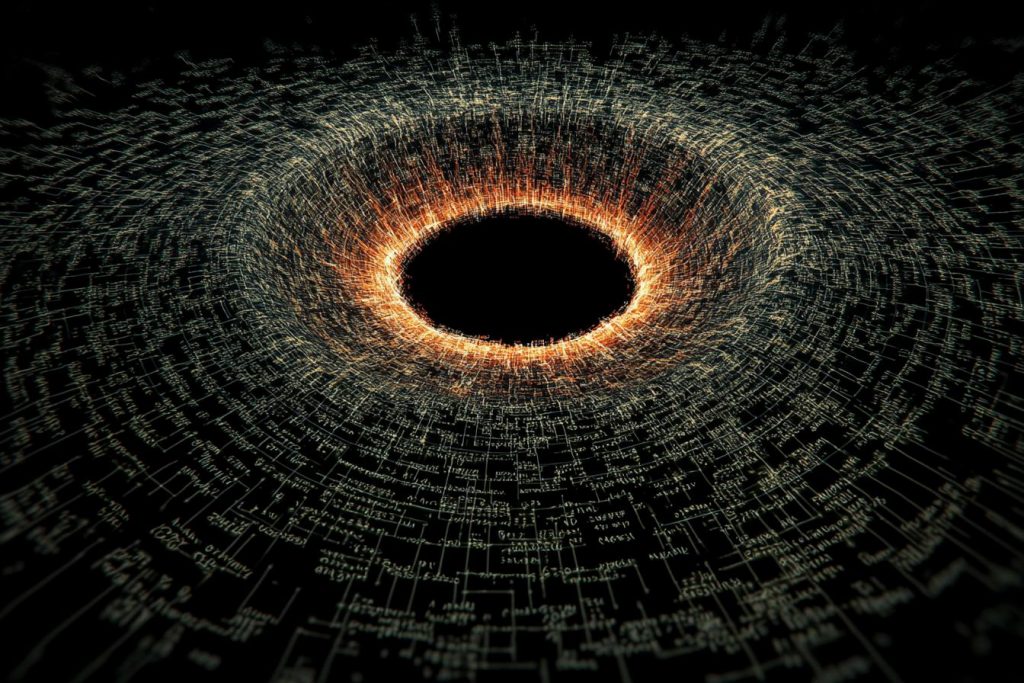
In 2019, the Event Horizon Telescope gave humanity its first image of a black hole—a glowing ring surrounding a dark core in a galaxy far, far away. The image confirmed decades of predictions and theories about these invisible titans of the cosmos. But beyond its visual triumph, it also raised deeper questions about information, entropy, and what really happens beyond the event horizon. It was a moment of revelation that felt both cosmic and intimate.
Reality Isn’t Done Surprising Us
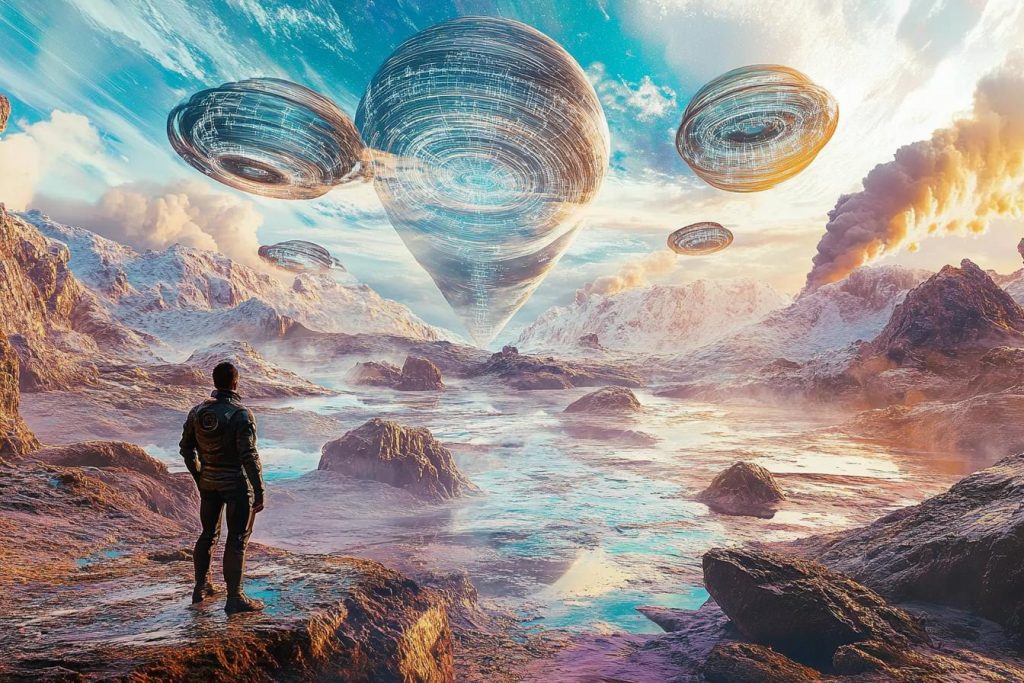
For all our equations and theories, the universe keeps pulling the rug out from under our certainty. These physics events aren’t just breakthroughs—they’re reminders that reality is more bizarre, more intricate, and more unpredictable than we dare to imagine. Each anomaly or discovery forces science to evolve, shedding old assumptions and lighting the way into the unknown. The next shockwave could be just one observation away.

